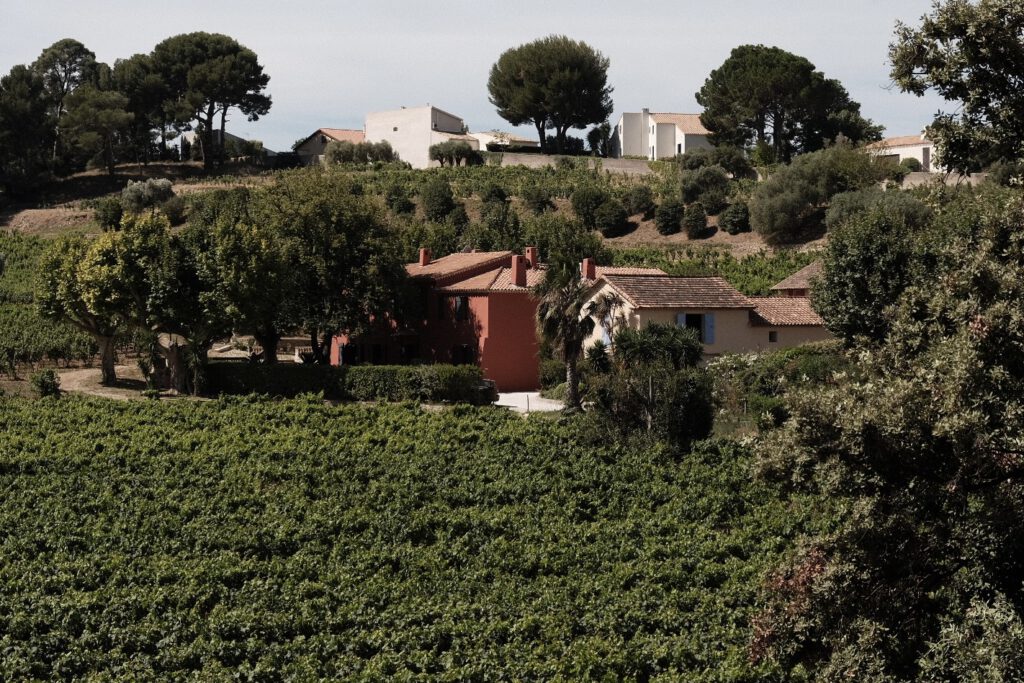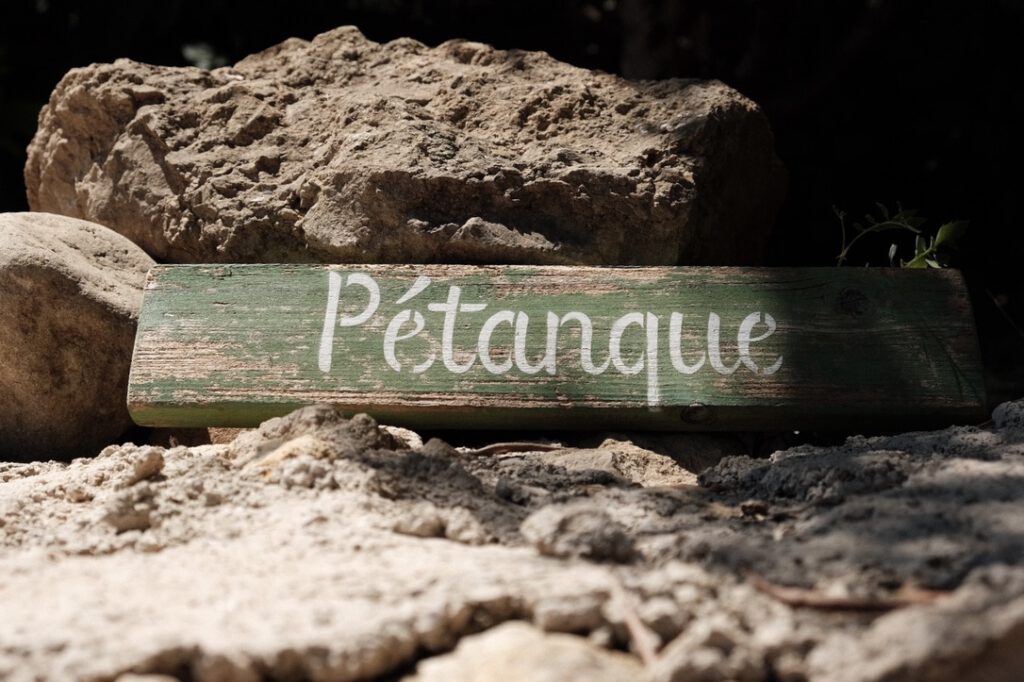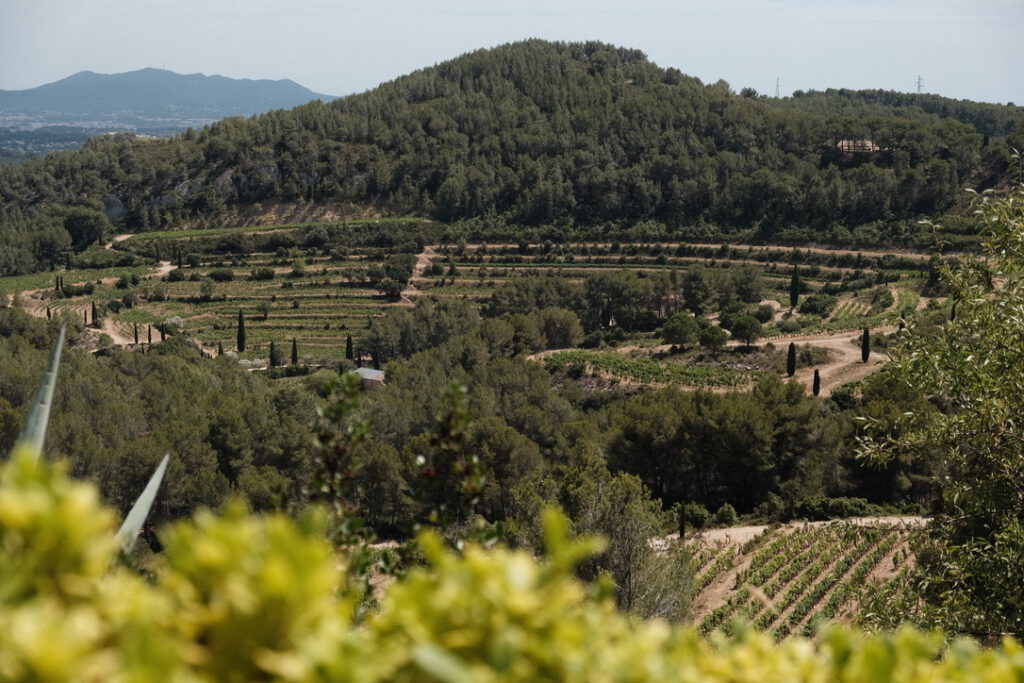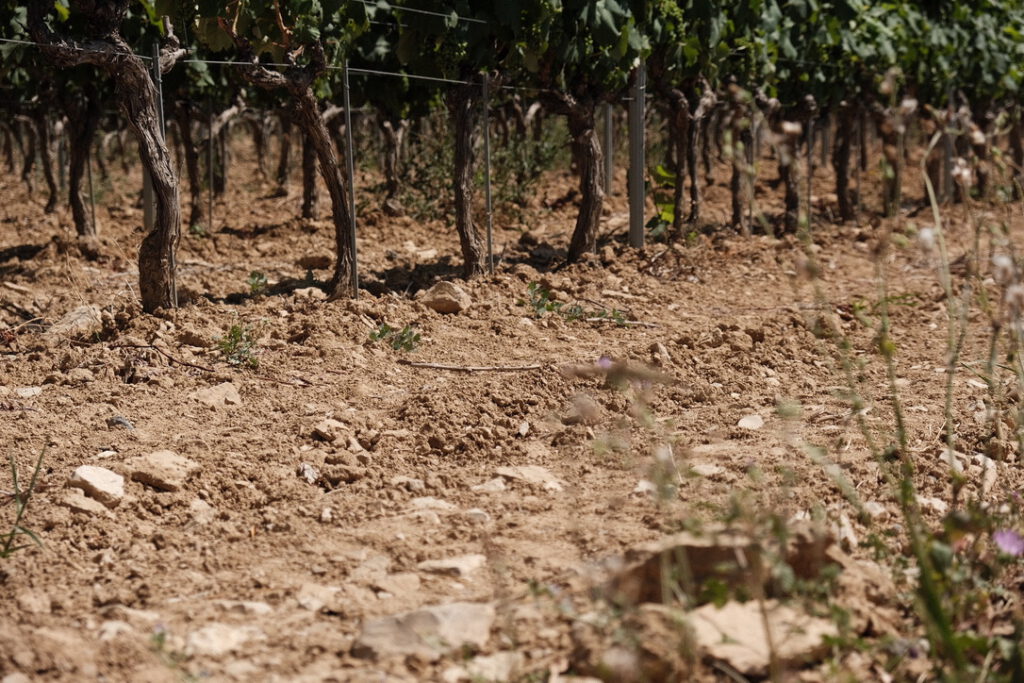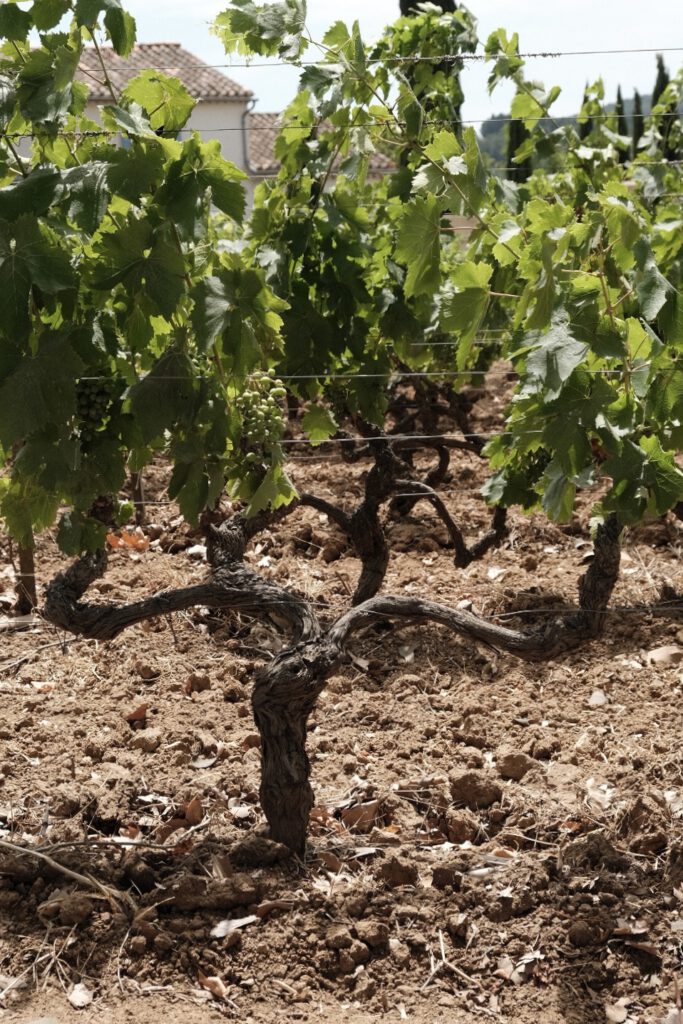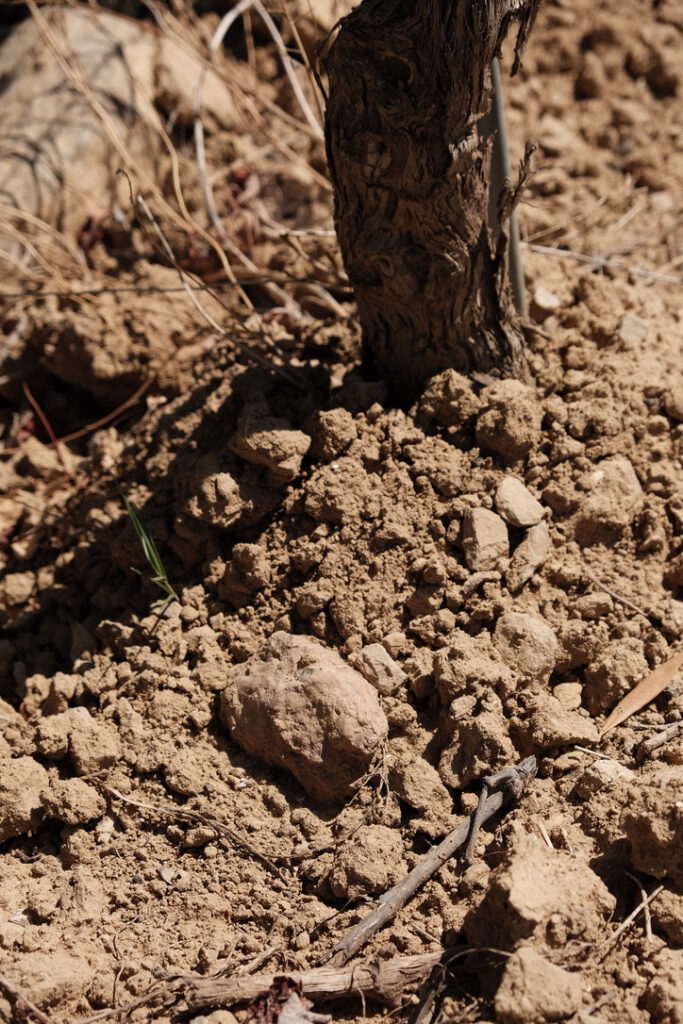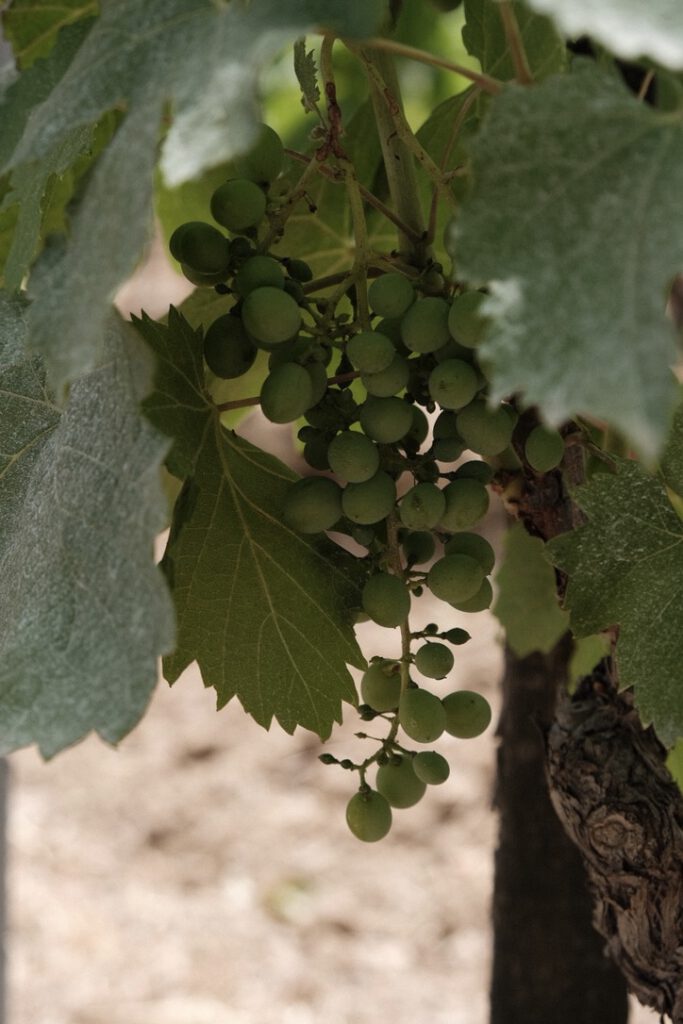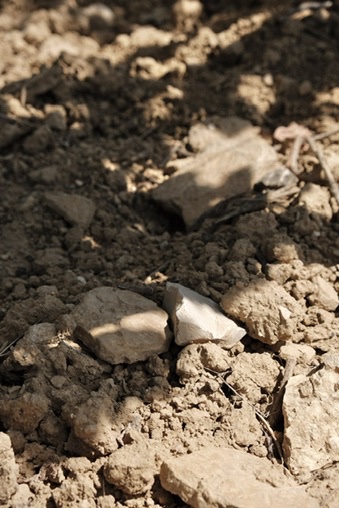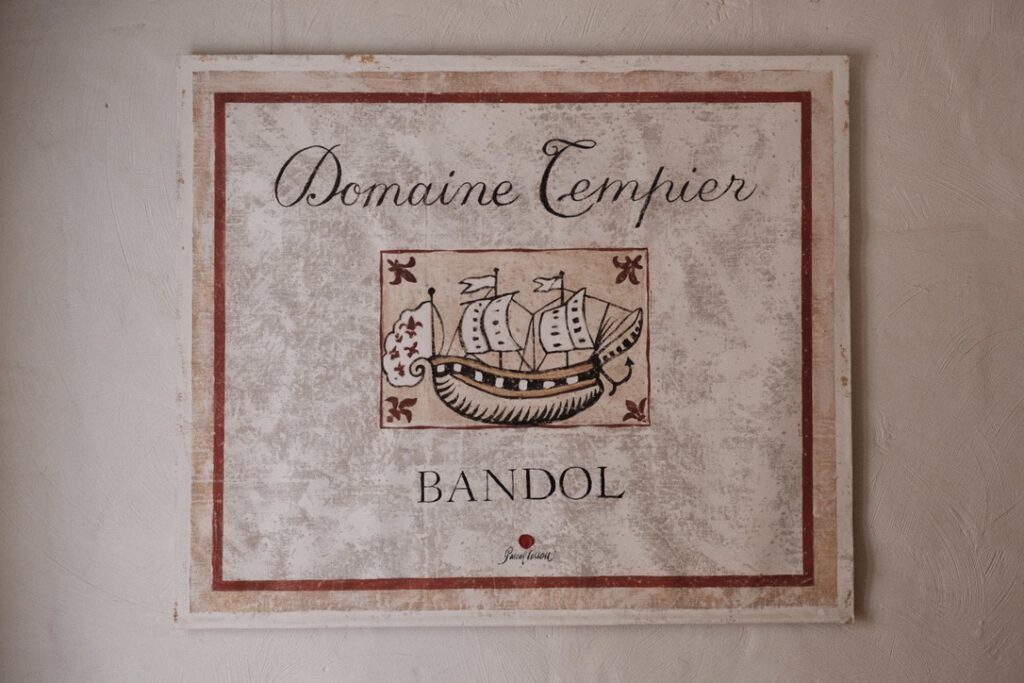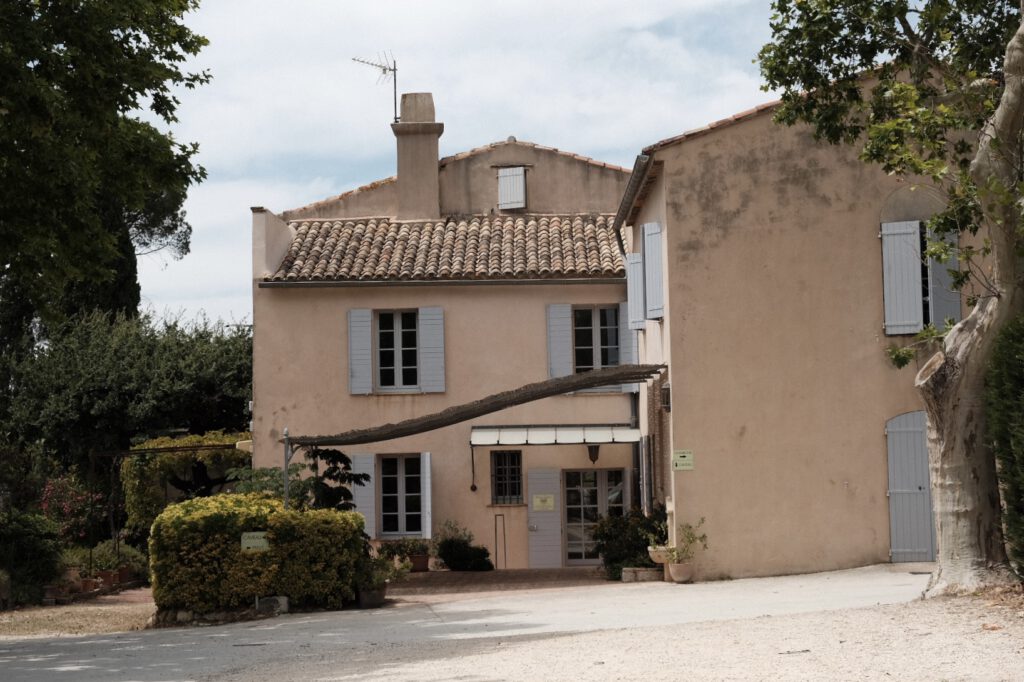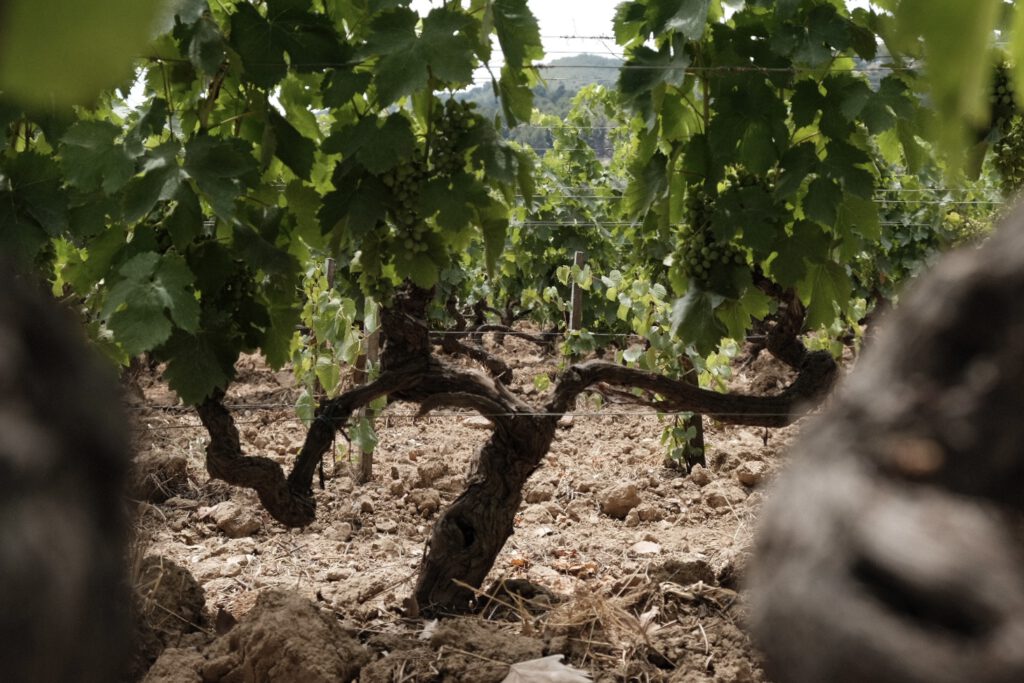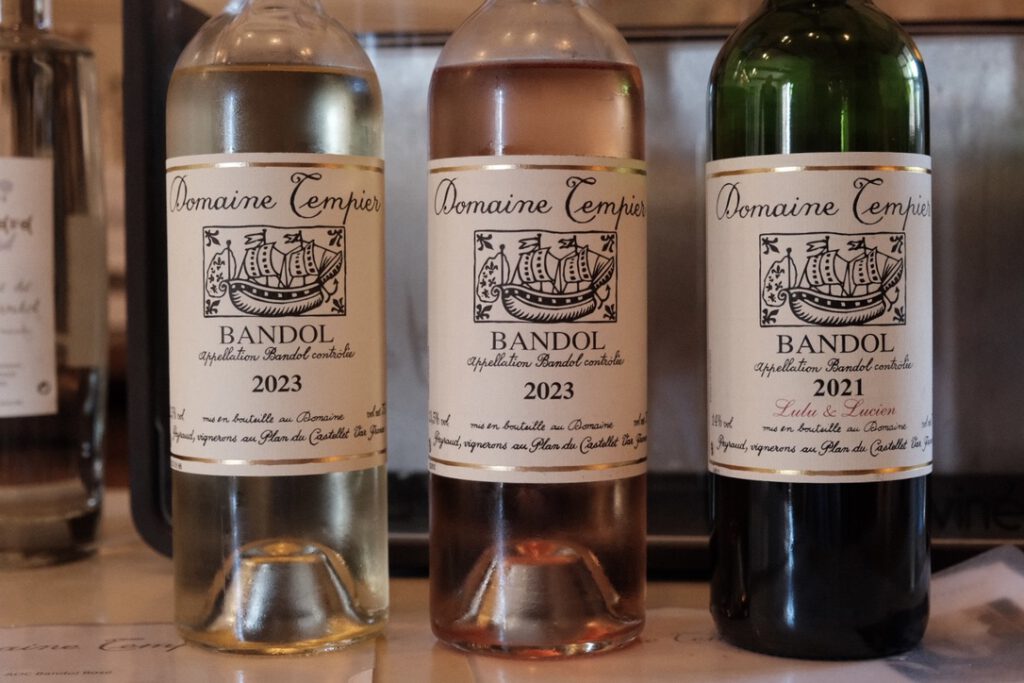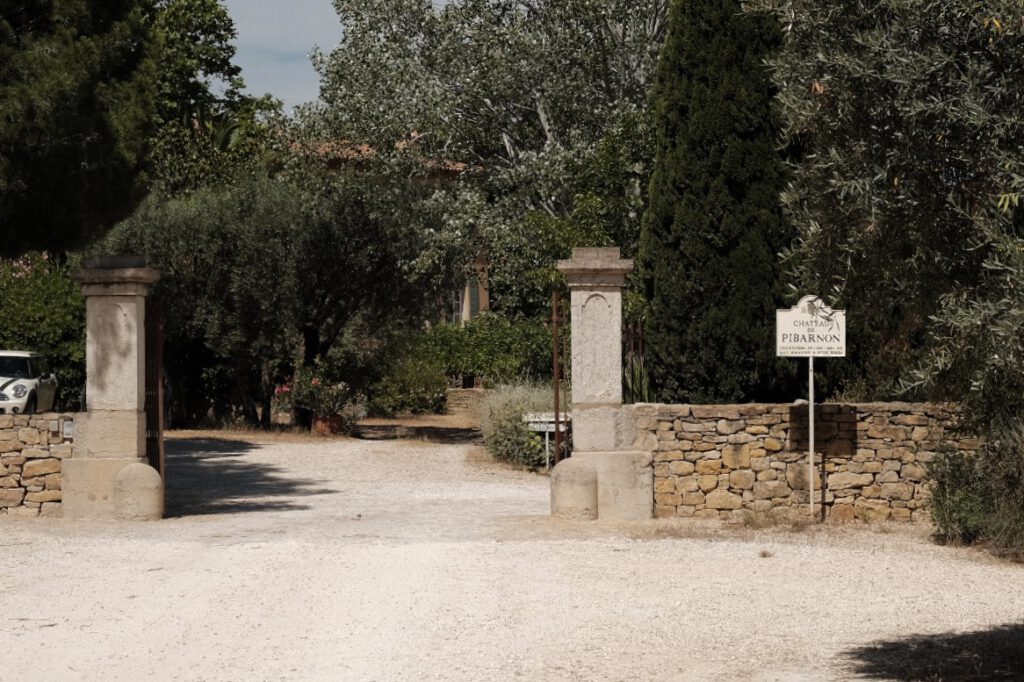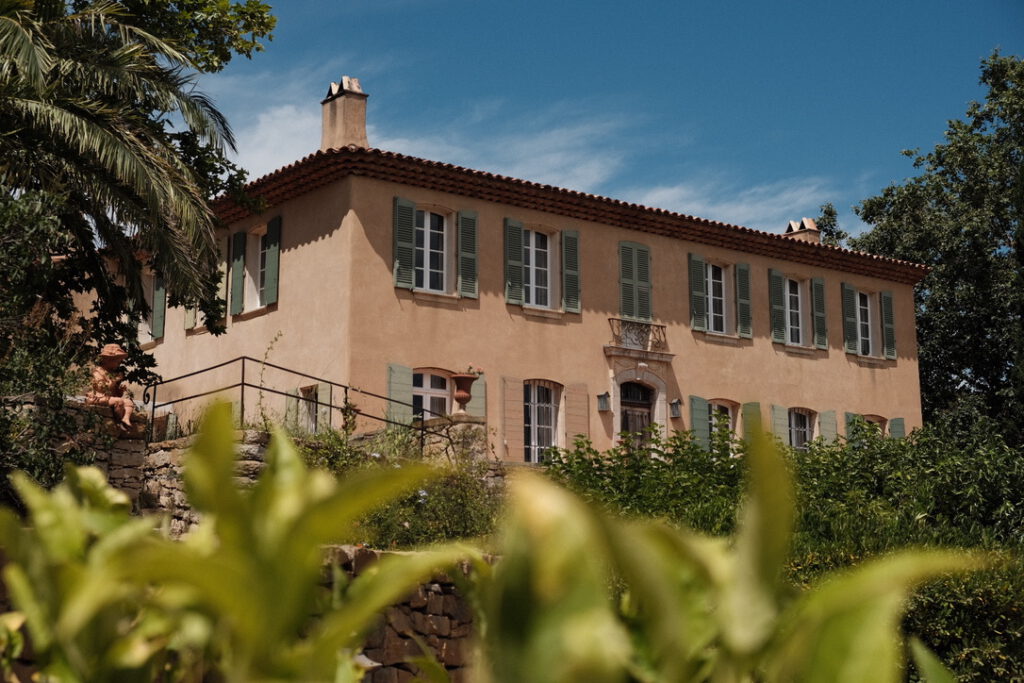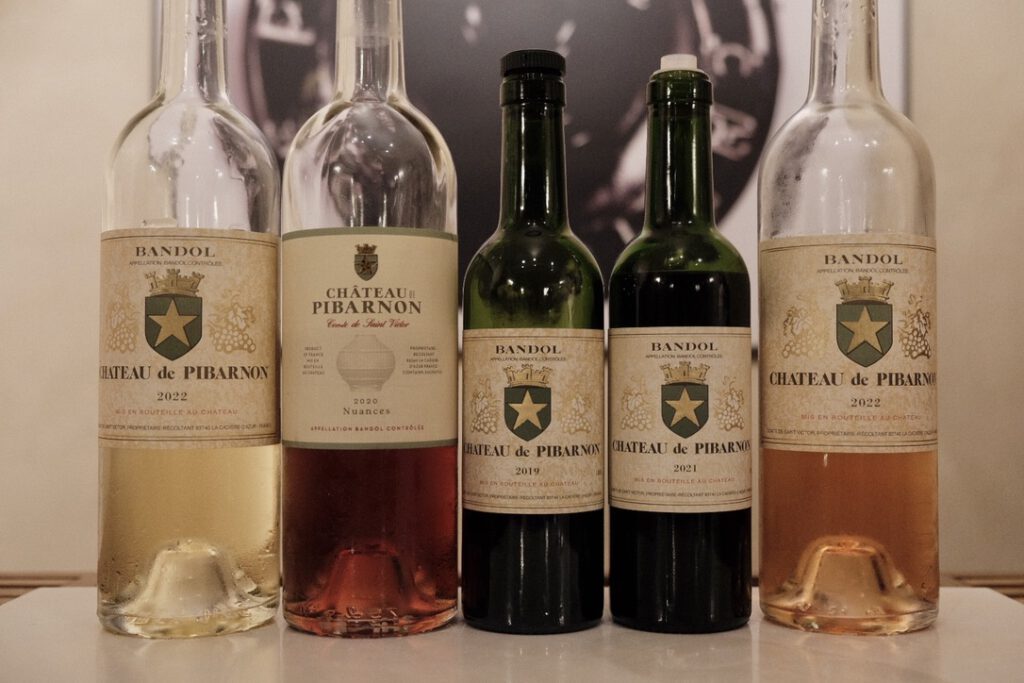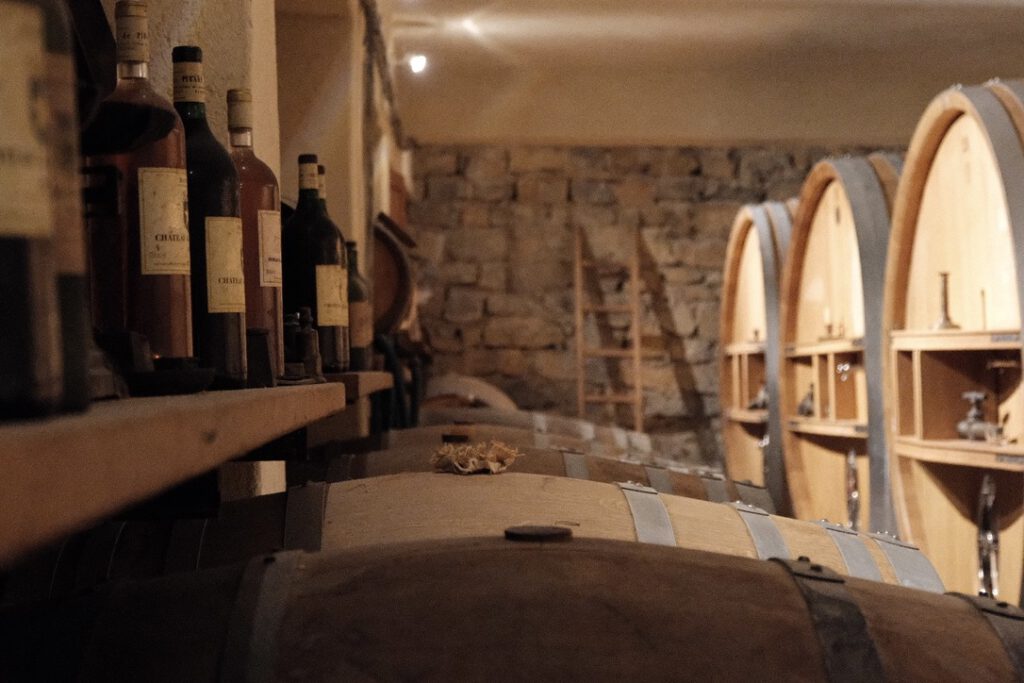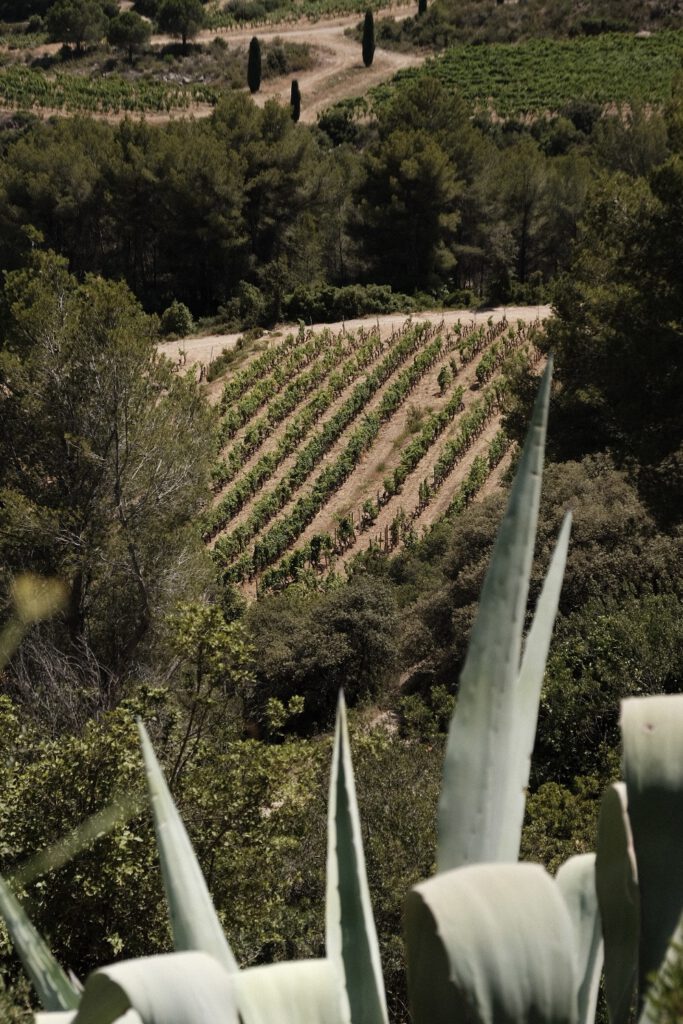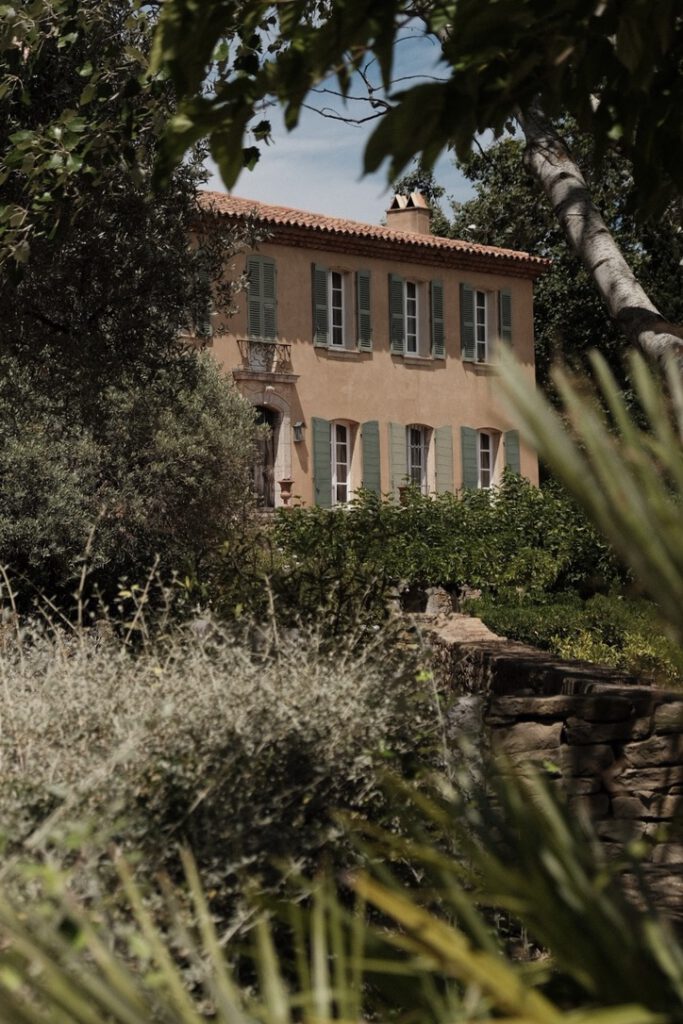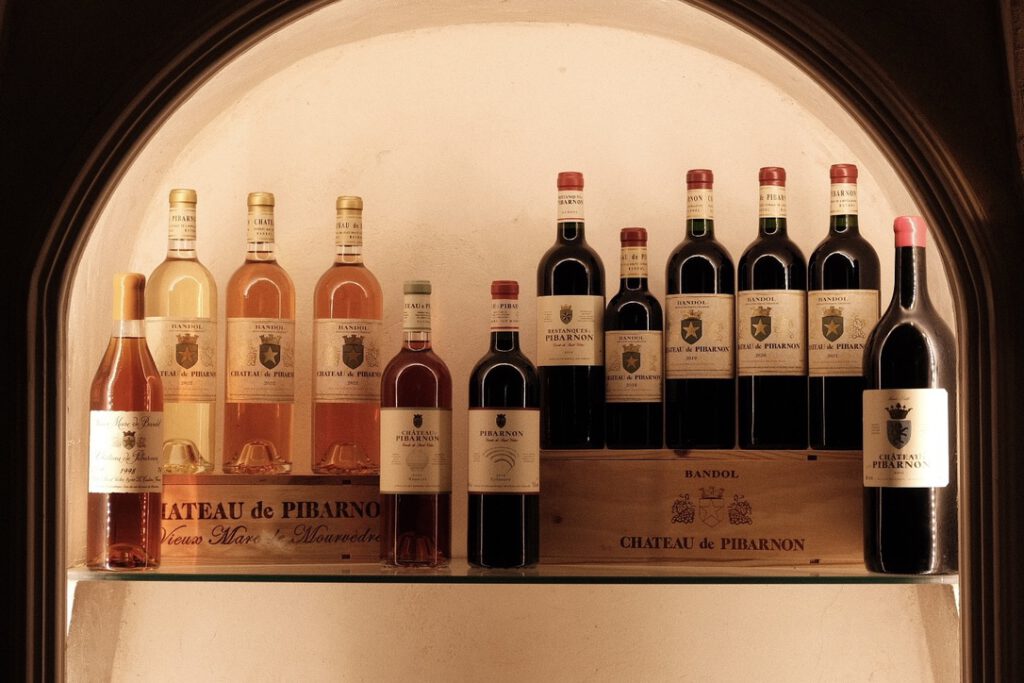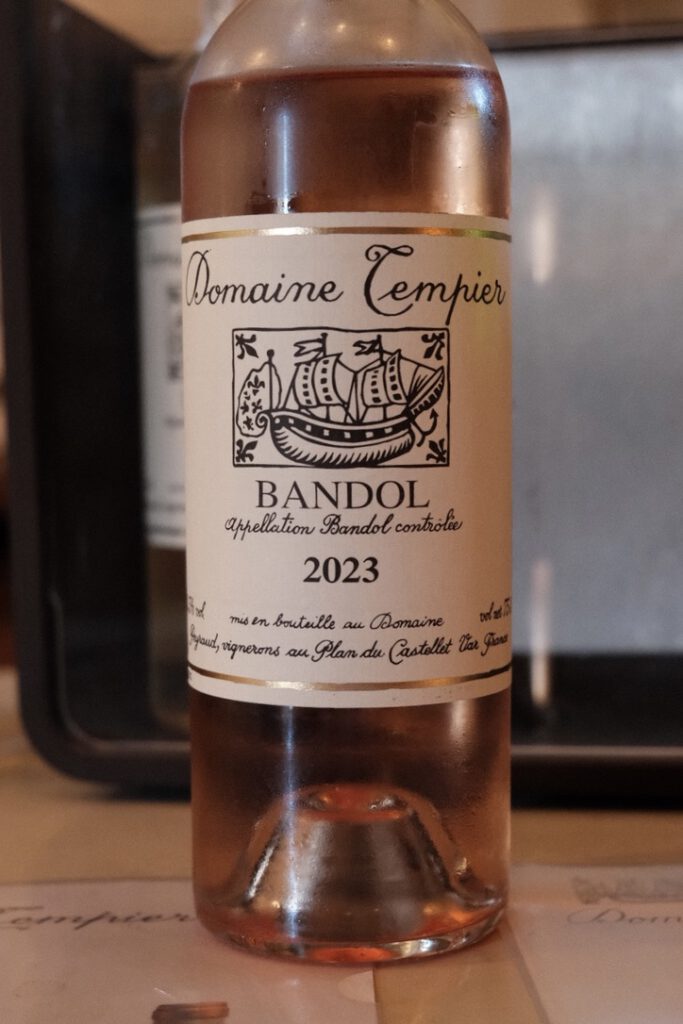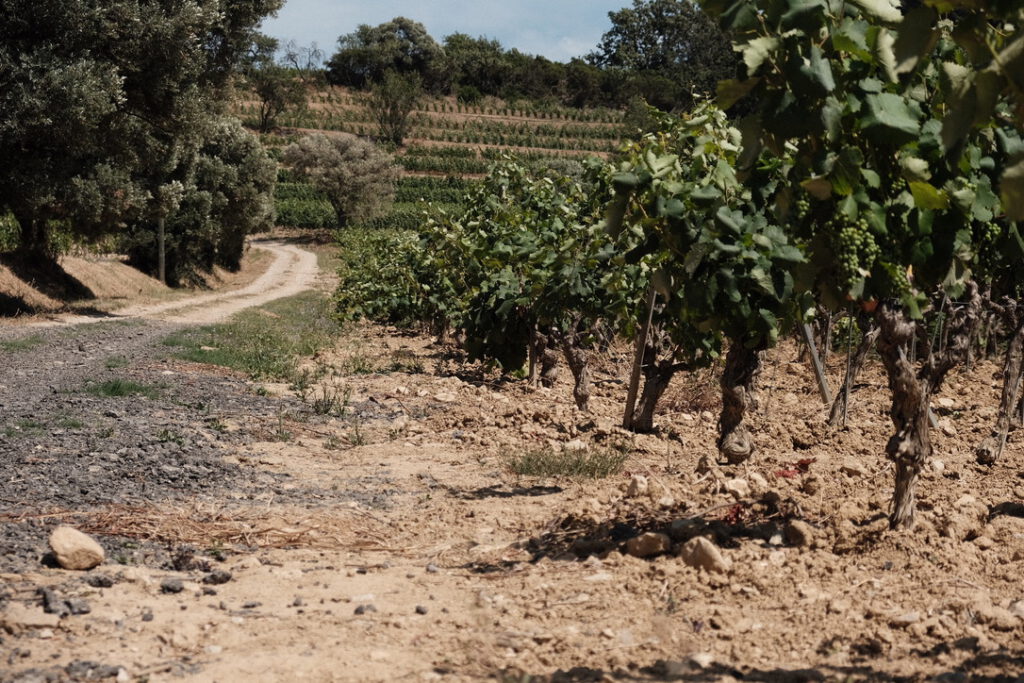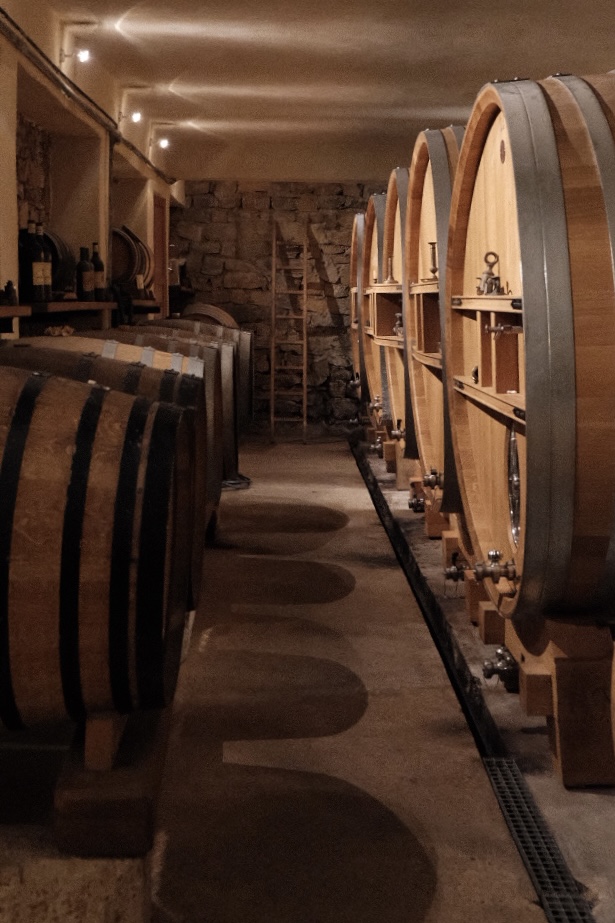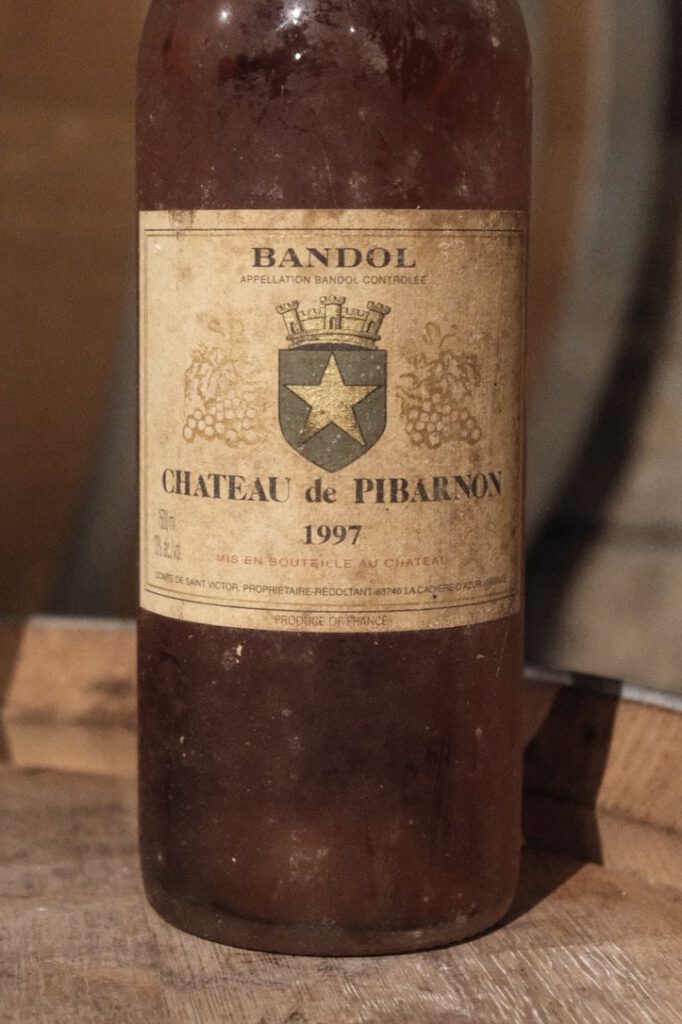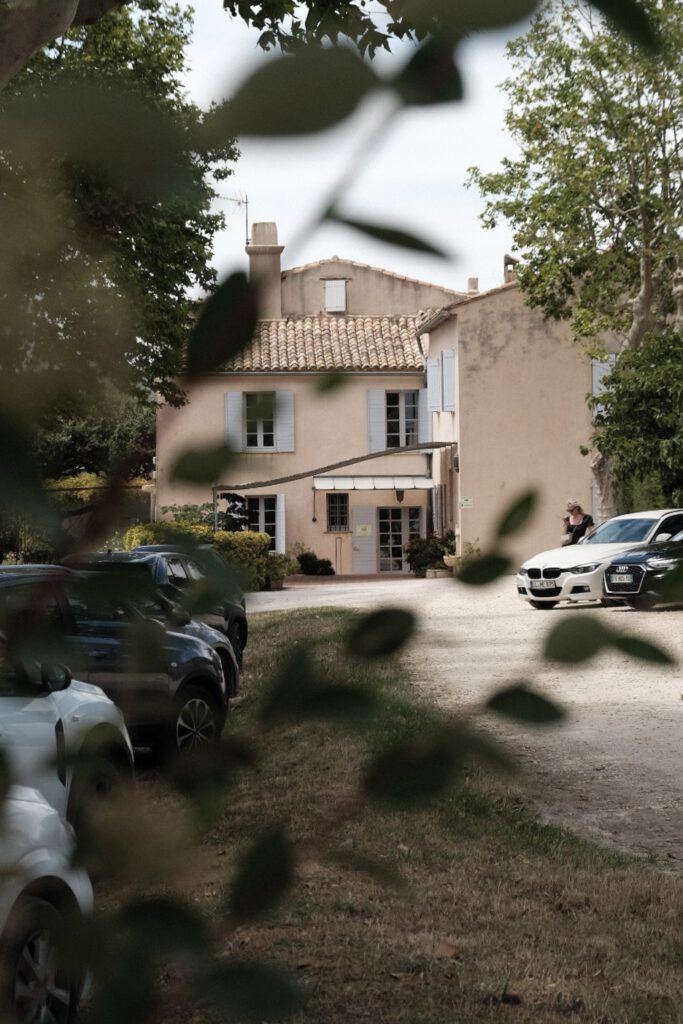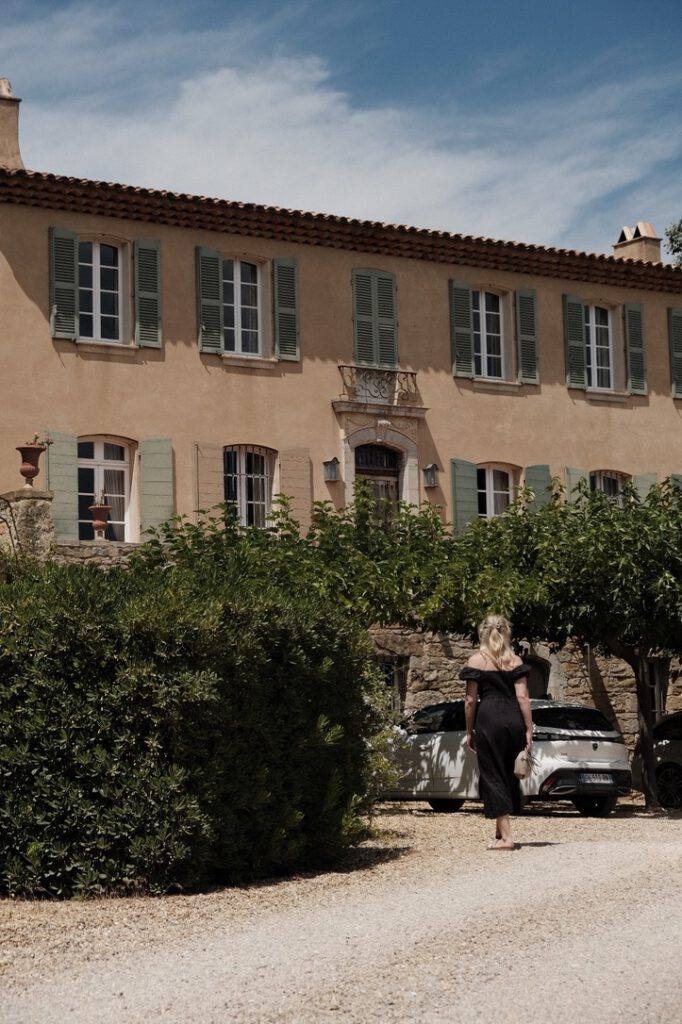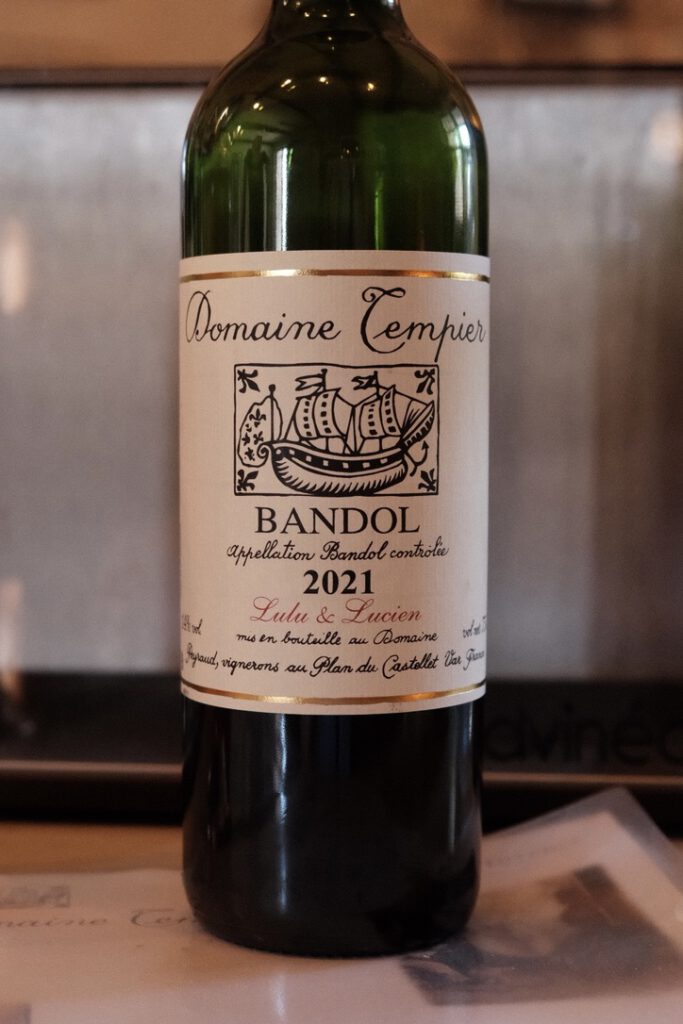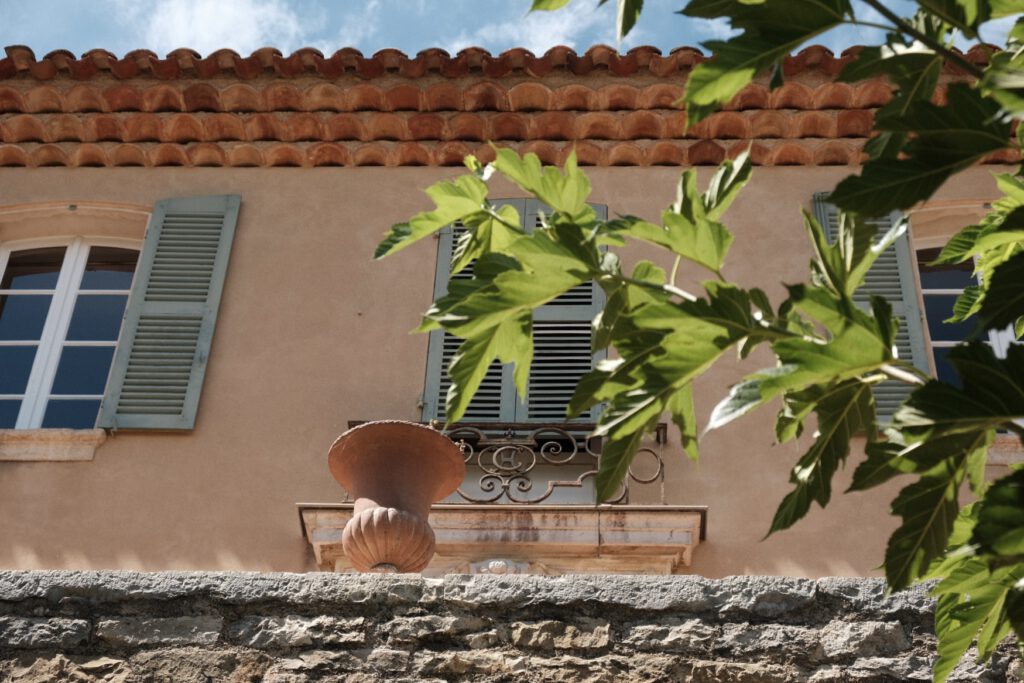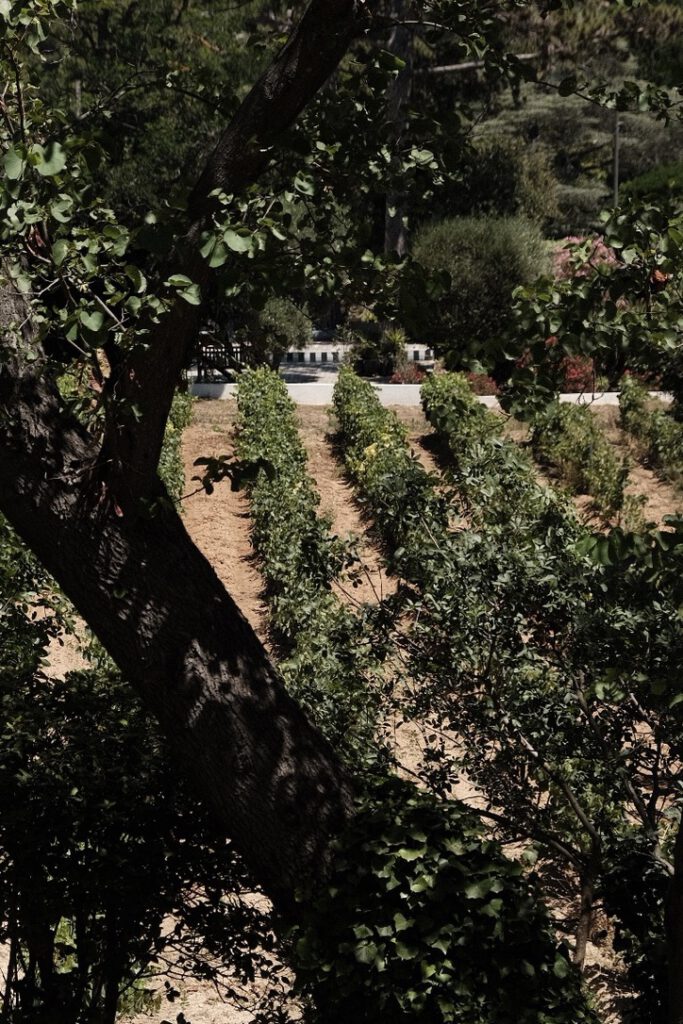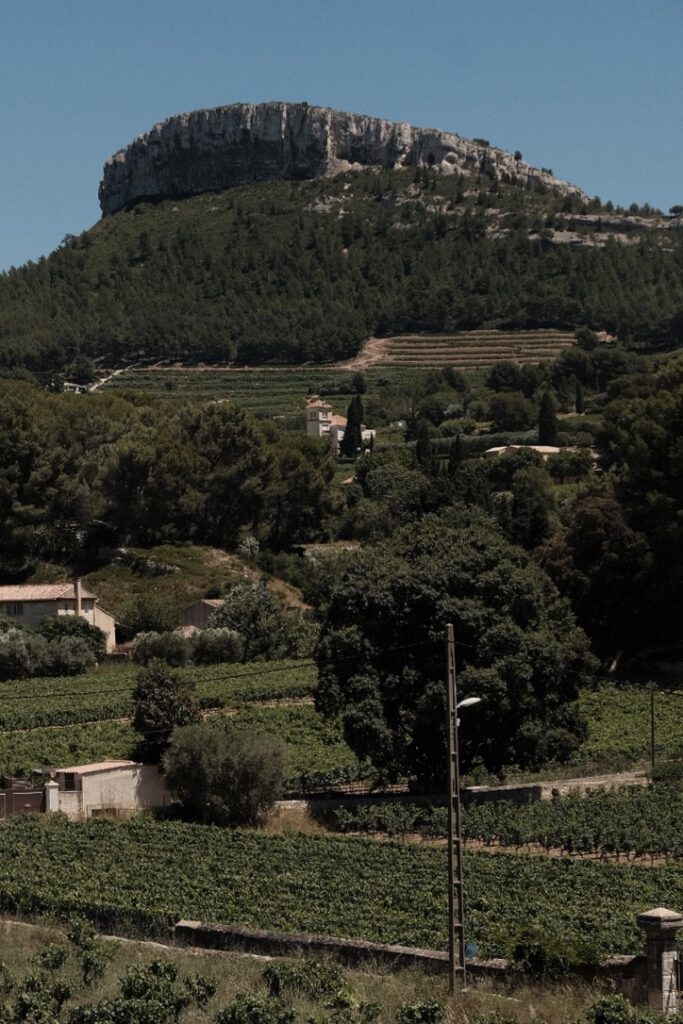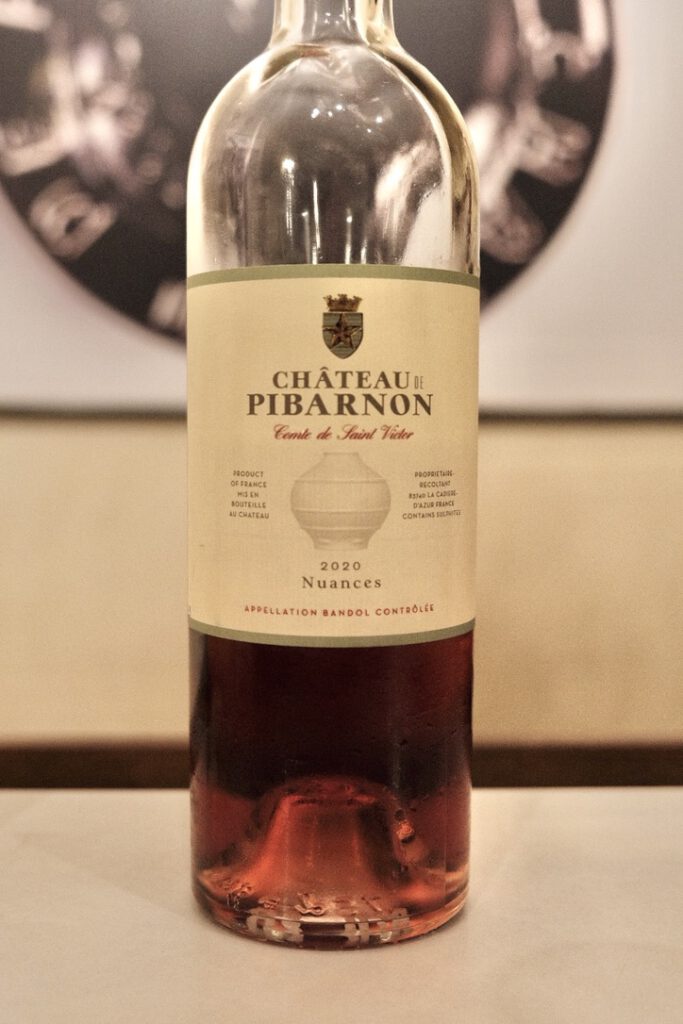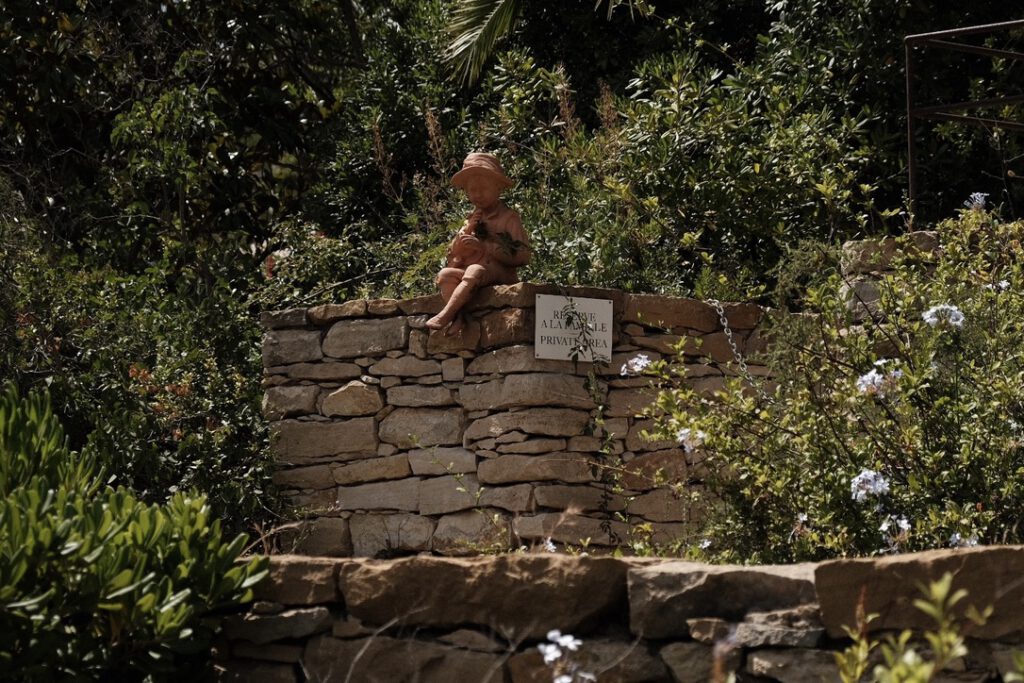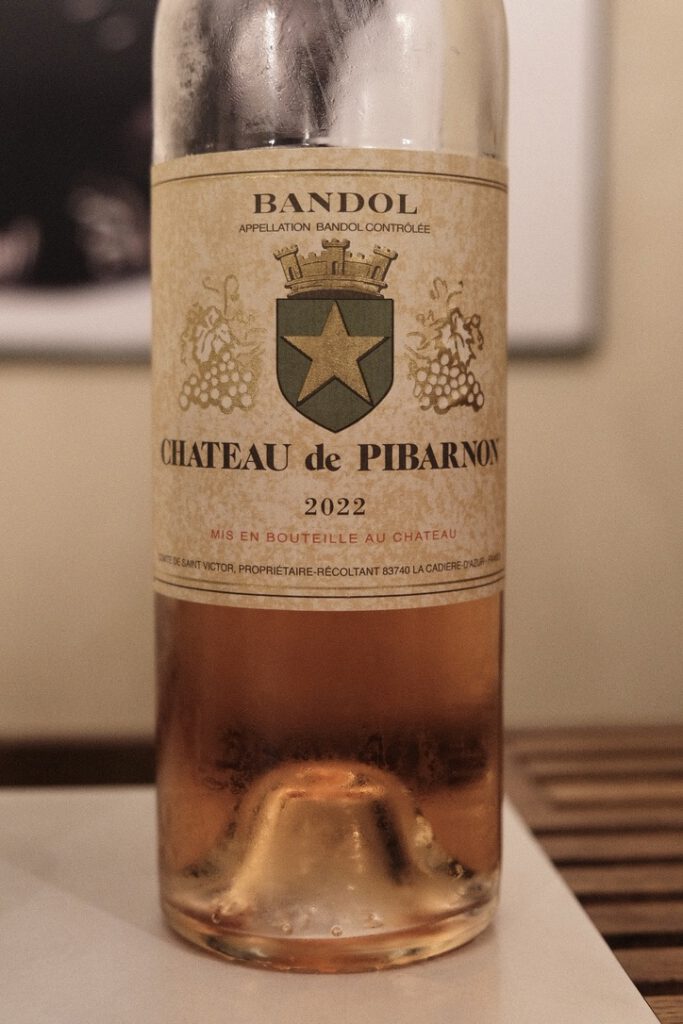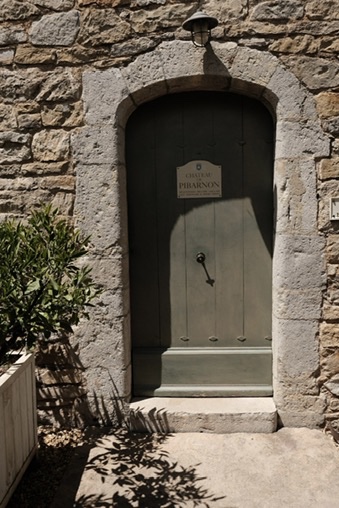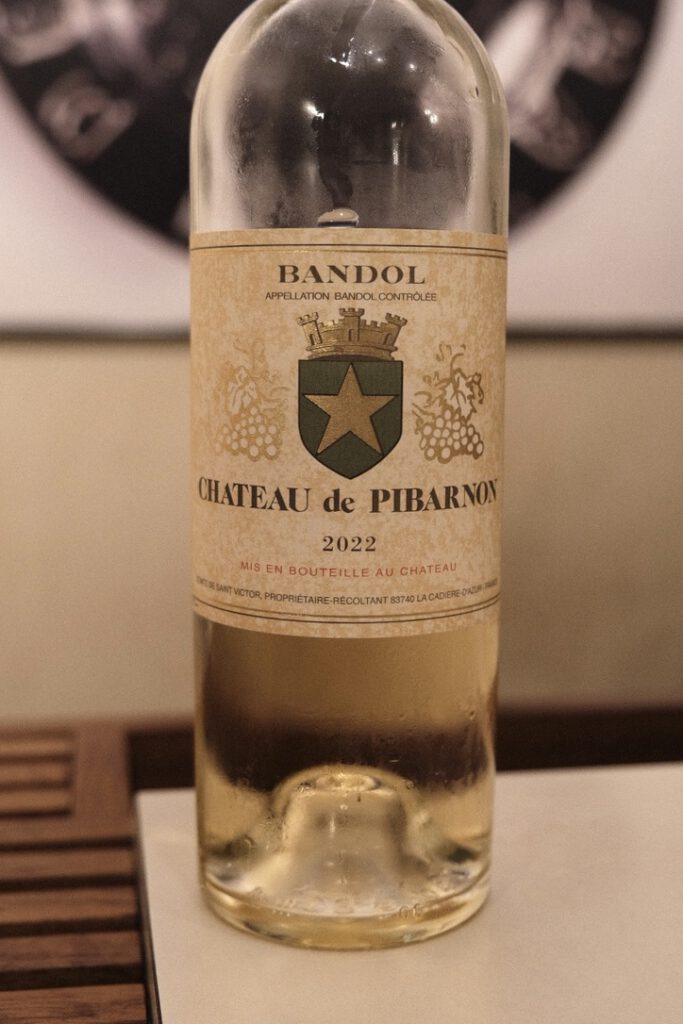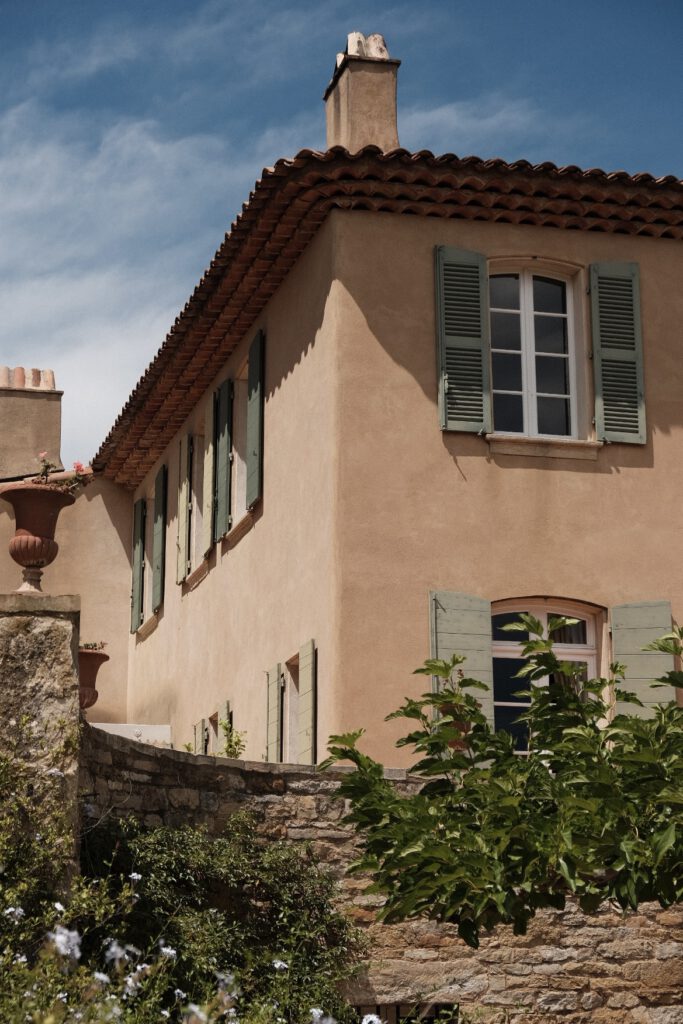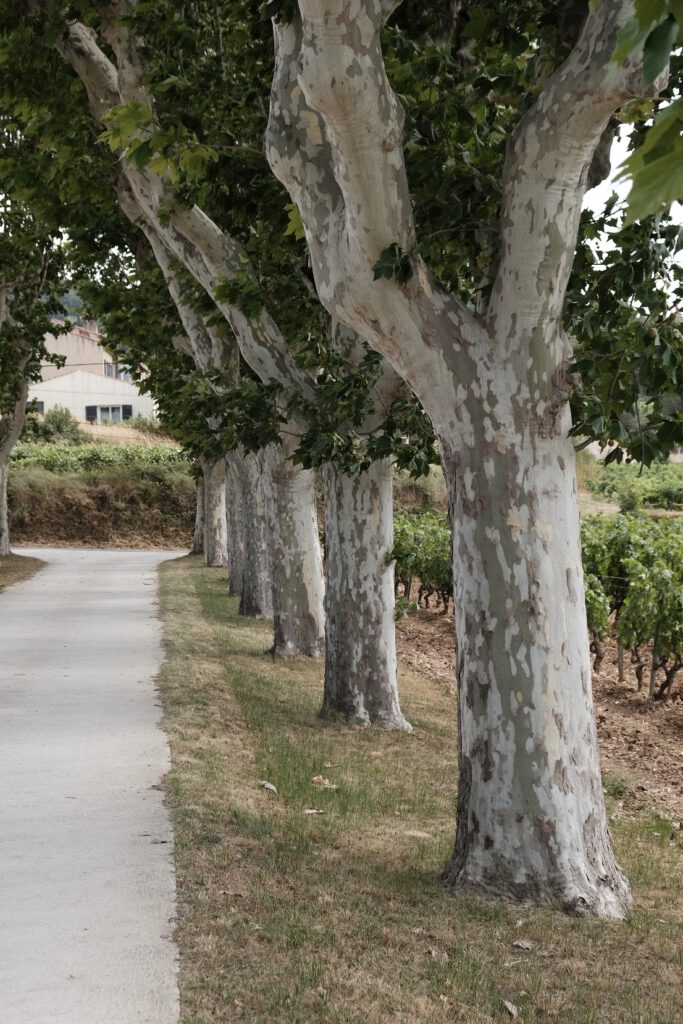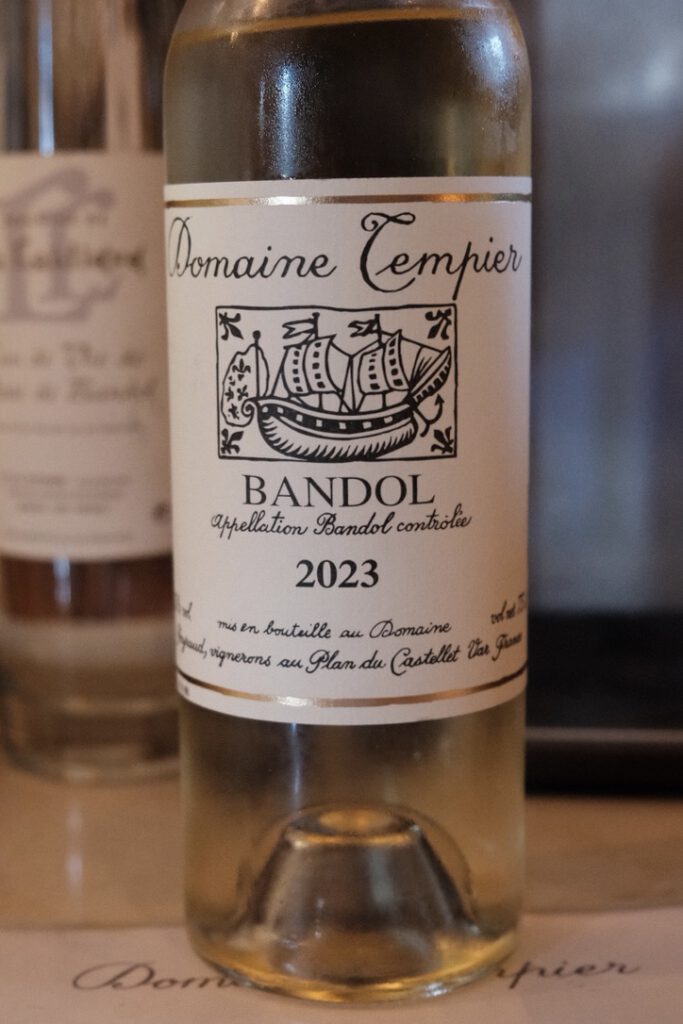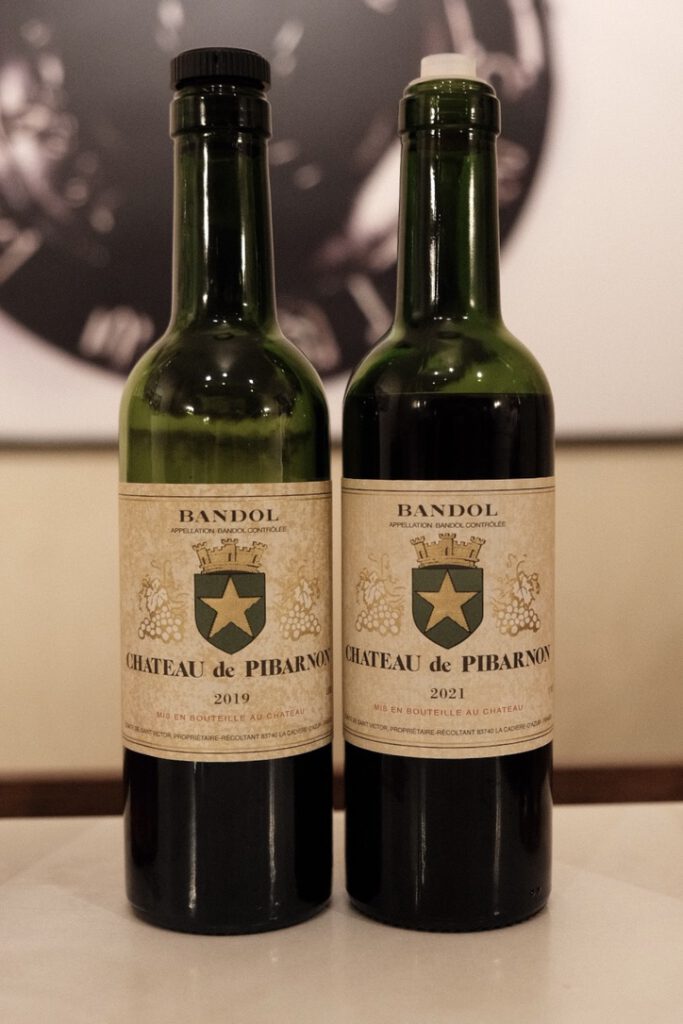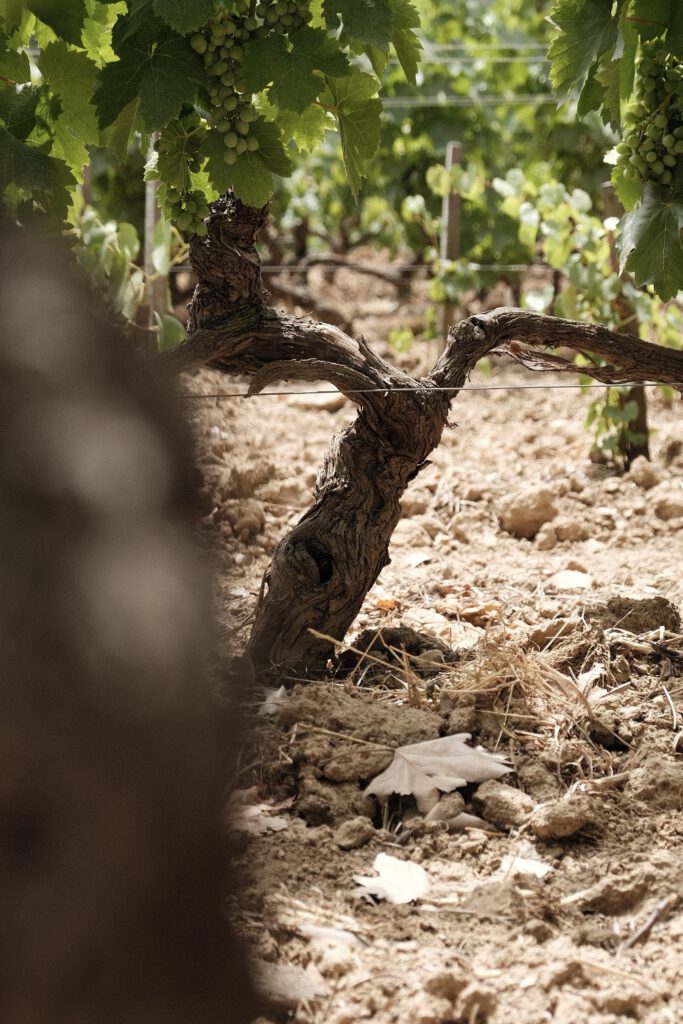Château de Pibarnon
Château de Pibarnon is an estate that feels like a hidden paradise. The drive up into the hills was an experience in itself. The landscape unfolding before me was straight out of a movie. Pibarnon’s vineyards are laid out like an ancient amphitheater, and you get the sense that here, it’s not just wine, but also history and culture, that are cultivated at the highest level.
I hadn’t scheduled my spontaneous visit, but I was warmly welcomed and joined a tasting with a French family. Mourvèdre is clearly the star up here. It loves this altitude, this sun, and these stony soils. And you can feel that when you have the wine in your glass.
The red Château de Pibarnon is a true masterpiece. 90% Mourvèdre, the rest Grenache – a wine that perfectly combines power and finesse. I tasted the 2019 and 2021 vintages, and the aromas of dark fruits, violets, and licorice were overwhelming. The 2019 was the more structured, deeper, and complex wine, while the 2021 impressed with its freshness, finesse, and irresistible charm. But the fascinating thing about this wine is its evolution: with time, it becomes more complex, fuller, and more seductive.
The two rosés from Château de Pibarnon also surprised me. The 2020 Nuances had a wilder character, with more funk and spice, yet beautifully balanced by its juicy, fruity drinkability. On the other hand, the “classic” 2022 rosé of the house stood out for its harmony of spice, phenolics, ripe fruit, and a hint of garrigue. People often underestimate rosé wines, but this one was different. It had depth and structure that made it feel almost like a red wine in disguise.
